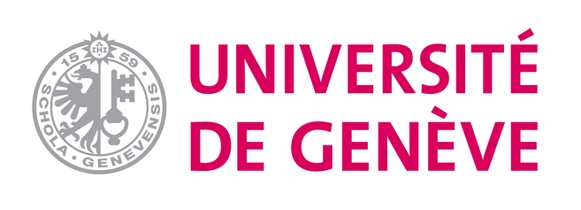Study 1: Does Searching Online Improve Transitions to Partnerships in Japan?
This study is conducted in collaboration with Prof. Hiroshi Ishida, University of Tokyo.
Research examining the impact of the digital revolution on marriage and family formation rarely looks outside of Western settings, even though online mating markets might play an even greater role in shaping partnership trends in contexts such as Japan, a country at the forefront of the digitalization of social interactions and intimacy. Japan is undergoing significant demographic transformations in the area of marriage, with increasing numbers of people marrying late, marrying less, or retreating from romantic and sexual relationships altogether. Explanations for these trends include the surge in women’s education, greater value placed on educational homogamy, as well as the increase in the opportunity costs of marriage and childbearing in a context where women disproportionately bear the burden of childrearing and domestic work. So far, no study has linked Japan’s current marital trends to the use of online matchmaking sites to have emerged in recent years within a burgeoning partner hunting industry. Scholars believe that these platforms could reveal glimpses into contemporary constructions of masculinity and femininity in the context of marriage and family. Studies on what Japanese adults expect from a partnership reveal large gender differences, with women most often demanding more egalitarian relationships, but there is also evidence of women from more recent cohorts reverting to more traditional views on marriage. We expect cyberspace to be an arena where gender tensions in norms and expectations play out the most, given structural conditions of anonymity (leading to a more genuine expression of preferences). Based on data from the Japanese Life Course Panel survey, we track yearly changes in partnership status for N = 5,206 single men and women (20-49 y.o.) that tap into online versus offline marriage markets. Preliminary findings reveal that men are less likely to partner when searching online, a result largely explained by not having access to a sufficient supply of potential partners that match their gender values orientation.
Study 2: The Demography of Swiping Right. An Overview of Couples Who Met through Dating Apps
Within the span of almost ten years, phone dating apps have transformed the dating scene by normalizing and, according to some voices, gamifying the digital quest for a partner. Despite amplified media attention on how swipe-based apps damage the fabric of intimate ties, scientific accounts on whether they have led to different kinds of matches are missing. Using 2018 survey data from Switzerland and a sample of individuals in partnerships started in the last ten years, this study addresses three main themes: 1) family formation intentions, 2) relationship satisfaction and individual well-being, and 3) assortative mating. The data indicate that in Switzerland, dating apps have recently taken over as main online dating context. Results further show that couples who met through dating apps have stronger cohabiting intentions than those who met in non-digital settings. Women who found their partner through a dating app also have stronger fertility desires and intentions than those who found theirs offline. Generally, there are no differences between app-initiated couples and others regarding relationship and life satisfaction. Finally, results reveal that partners who met through phone apps are more likely to be part of educationally exogamous unions, and to live at greater distance from each other. The data provide a first indication that compared with other meeting contexts and contrary to popular belief, dating apps do not hinder long-term commitment, nor produce low-quality connections; finally, they encourage certain types of exogamy while having no effect on others (e.g., partnering outside one’s origin group).


